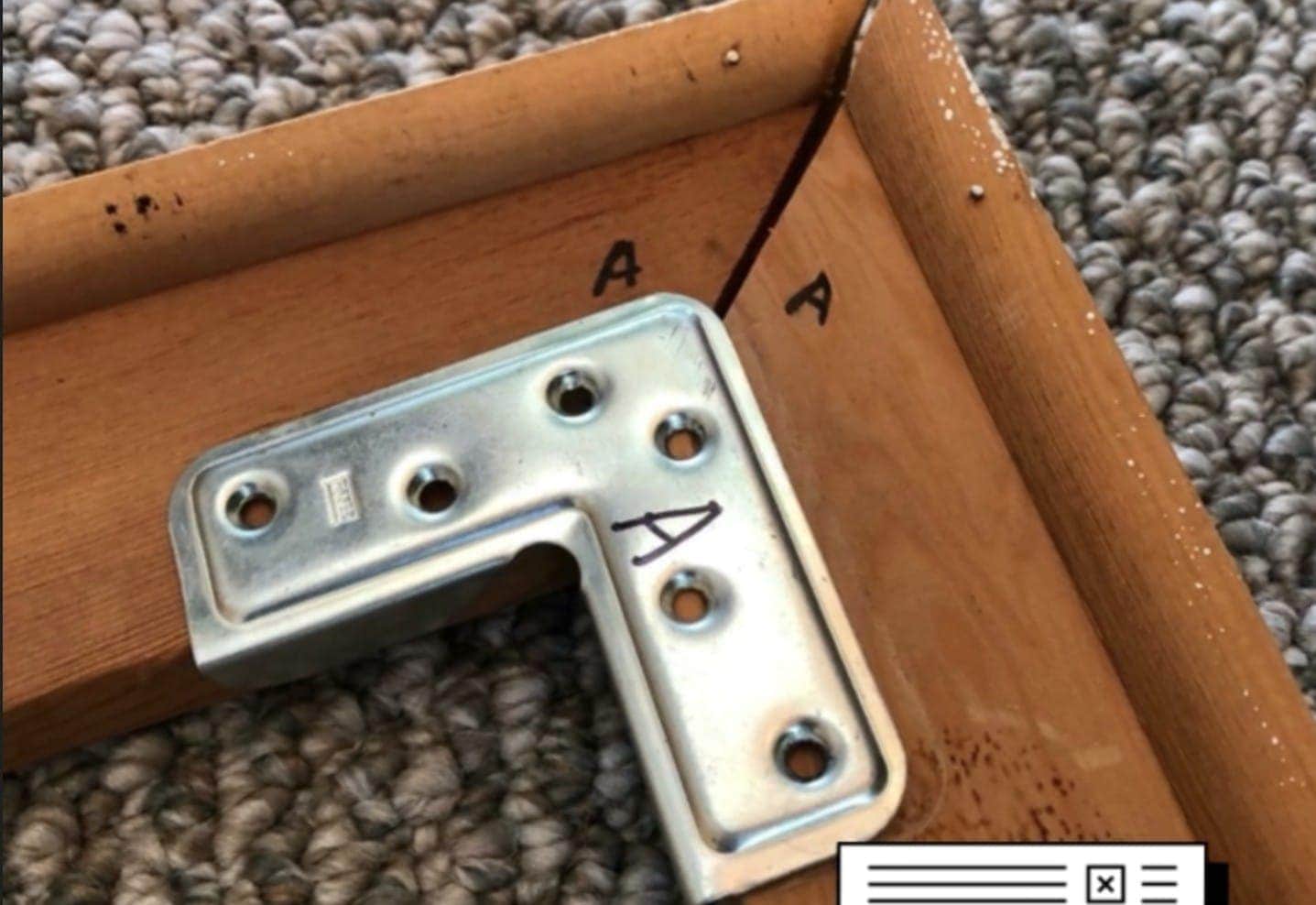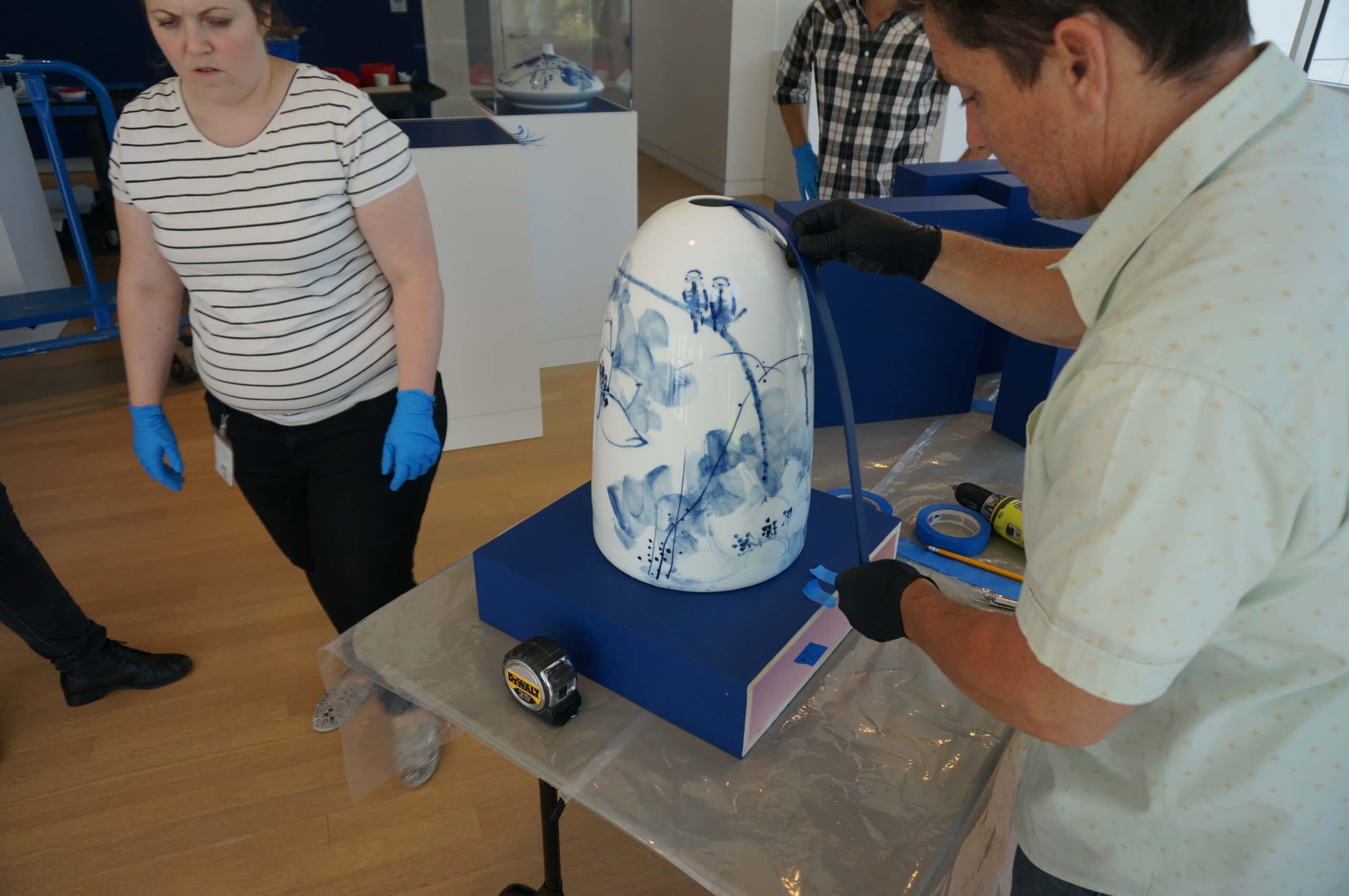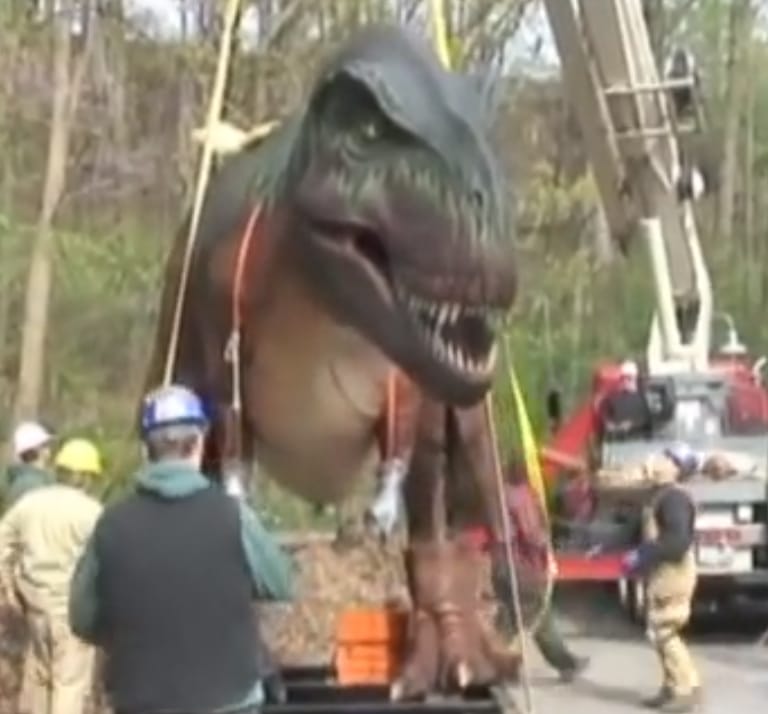This is a nice video regarding the difficulty and solutions involved in making a mount strong enough to hold up a helmet, but simple and gentle enough to support its delicate liner at the same time. Many nice tips and tricks are included throughout the video. If you can’t watch with sound, I’ve included the transcript below. Enjoy.
TRANSCRIPT:
So next up, our speaker gives us an idea of the more in depth discussions about specific mounts which arise at the forum, and that particularly important relationship that’s been mentioned with conservation. So Rogers made the epic journey from across the road at the VA to be here with us today. So please give him a very warm welcome afternoon. All. It’s good to see you all here.
Someone said, my name is Roger Mary, and I do indeed come from across the road at the Victorian Albert Museum, where I’m working as a Museum technician, currently generally specializing in Mount making. My career started. I’m sure many of my fellow technicians did at art school. A visit to the United States in the very early 90 nineties ended up being a 16 year exodus, during which time I made the transition from artists through Carpenter, shipbuilder, furniture maker and plumber to a technician at the Indianapolis Museum of Art and then finally back home to the United Kingdom and the VNA.
I’m currently working as the lead technician responsible for the Mount making for the new Europe 600 to 800 galleries at the Victorian Albert Museum.
This project is a major refurbishment of the John Jones suite of seven galleries and as part of the Museum? S ongoing future plan project. The regional galleries were last remodeled in the 1970s, and we’re looking a little bit tired and claustrophobic in relationship to the way that the Museum is now celebrating. Rather than hiding the original fabric in the building, these are the galleries as they were from the 1970s. Remodel.
The collection originally came from John Jones 1798 to 1882 and was Queen to the Museum upon his death, a value of the time extraordinarily £200,000. The collection was of 1034 objects comprising mostly of 18th century French decorative arts. The new plan is called the Old Interiors to be torn out and the original Aston Web interior designs to be exposed. What you here. This is before any of the building work started.
These are the original Gallery spaces quite beautiful. The new space is being designed by the architecture firm MMA as lead Matmaker. I’ve leased extensively with the architects and curators and conservators to come up with a method and coherent look for displaying the thousand plus objects that are going into these galleries. In this talk I will be discussing the Mount for a German cavalry man’s lobster tailed helmet Circus 1630 that was made in Nuremberg of blood and engraved steel. While focusing on a single object, I hope to convey the thought processes and decision making that are common to all Mount making problems.
What is unusual about this object is that the lining has amazingly survived. The lining is very, very fragile and cannot bear any weight. The helmet itself weighs 1.8 kg. Yep. Sorry, it cannot be any great and yet the line has to be visible and not hidden by the amount.
I’m sure you’re all familiar with these requirements the Invisible Mountain. The floating object conundrum. The answer was to make a collaborative Mount with textile conservative very Lancely, who was at the time was working at the DNA as a contract conservator on the Europe 600 to 800 objects. We’ve decided to make a support for the liner that would hang from an armature, which in turn would support the way to the helmet. So he’s actually with us somewhere in the audience today make me somewhat nervous that I might misrepresent her beautiful work.
He’s the helmet and liner before conservation in a very fragile condition. The conservation work carried out and the liner is outside the scope of this discussion, but if you’d like to know more about it, feel free to call a Zee in the bar later on. Collaborate collaboration to this kind are often called for and can be extremely fulfilling for both parties, and so it proved to be in this case just another shot of the line showing the velvet peak on it. The first step was to sit down with the architects drawings and discuss the overall that the Mount needed.
Through many meetings, the language for the look of the Mount had been decided, and we have been asked to make all the support stems from rectangular rather than round material, so that was a given.
The object was to be supported 1000 mm of a thousand millimeter long pole secured to the case bottom, and then we’ll discuss more on that. Later we decided on a steel amateur that would hold a helmet. From this hold a helmet, and from this we would hang the line on a separate support. The support structure for the liner needed to have thing following qualities one to be flexible enough to mold to the desired shape, to to be strong enough to support the lining for permanent display, and three it had to be able to be stitched into to actually attach the line to it.
The first step was to make a template for the armature using a cotton covered bean bag to safely support the helmet. The interior shape was profiled using some two four aluminium Tig welding Rod. Tig welding Rod has many uses in the workshop, and the aluminium version is easy to bend, holds its shape well enough to template from stainless steel. Tig wire is a wonderful material, having numerous juices. Aside from welding, both the front to back and side to side profiles were picked up and transferred with pencil to a scrap of paper Mount board.
Ten mil by three mile stainless steel bar was used to make the armature. Stainless steel has good shape retention well easily, and although it was going to be painted, the fact that it is inert and will not grade was a huge plus. The shape was formed by hand bending the metal in a vice, constantly checking it against the drawn profile.
Here is the initial armature. Both promote profiles formed and carefully checked the long rear facing bar is to support the articulated lobster tail part of the helmet. The intersection point that the two profiles was marked. The side to side profile was then cut 5 mm either side of this Mark, leaving a ten millimeter gap for the front to back section to fit into. The ends of the cuts were cleaned and beveled for welding and then they were welded together using 316 stainless steel trod.
At this point I just like to say that in the last couple of years since we’ve had a Tig well that we found it to be extremely useful and anyone who’s setting up or runs a workshop, I would seriously consider looking into it if you don’t already have one. They are amazingly versatile machines capable of welding for the finest aluminium Rod up to ten millimeter steel plate. And if anyone wants to learn more about Tig welding, I also can’t recommend enough a website called Welding Tricks and Tips.
Com, which is run by an amazing American guy. He’ll tell you everything you need to know about welding.
The joints were then ground clean and smooth. At this point we had no cross structure in the helmet. While we were checking the basic shape, this allowed the side arms to be moved in and out to find the best angle to support the ear flaps. The armature was test fitted in the helmet and given to Zoe to allow her to start shaping the line of support. The armature has a layer of self adhesive suaded polyethylene padding on all the surfaces that will contact the helmet as it will be in and out of the helmet numerous times during the fitting and mounting process.
We see the for metal now I don’t know if any of you have come across this material yet. It’s it’s a new discovery. He was found by one of our conservation colleagues. Alright, found by my wife Joanne. Thank you.
In Flint theatrical Chandler’s catalog for metal is an aluminum sheet, this actual type. There’s several different types. This one’s called Epsilon. It’s available in three different thicknesses .5 .8 and 1.2 millimeter. It is a punched with a matrix of wine shaped holes that allow the material to be shaped in both its axes and thus be formed into complex 3D and compound shapes, which is a bit of a Holy grail for people who make Mount.
It is stiffer and more stable than chicken wire. Doesn’t need heat or water to shapes compared with products like buckram and pasta. Sadly, Flint no longer carried this product and so he has tracked down the website. It’s a German company, I guess, obviously. And I would encourage you to look at this product and then I think we all need to try and lobby Flint to see if they will start carrying it again.
So he has started forming the basic head shape here, testing it against the armature and the liner to get the right shape using cotton tape to hold the elements together. During the shaping. The form was made in three parts, the peak, the helmet, and the tail.
All right.
This is a great shot showing how the four metal material will take a compound curve. This is the tail of the helmet. Note the sharp edges at the cut boundary. These will need treating later on the way the wires contract and expand to allow the shaping should be apparent in this photo. At this point I’d like to thank So for the meticulous records that she kept during the making of this process, something that we don’t often have time or sometimes the inclination to do ourselves.
Here, the rough edges of the four metal have been covered in remade, which has been stitched in place. Cotton tapes are used to hold the sections together, and the completed shape of the helmet minus the ear flaps, is now visible.
It was now time to try the first fit of the support into the helmet. Here you see the helmet fitted to the armature just visible is a crossbar and temporary stem that now hold the armature so that it could be put in a vice to allow work to progress.
The crossbar has been beveled to the correct angle and likely tacked with a ticket Tig welded to hold it in place. We were pretty certain that we would need to make moves and moderations at a later date, and this tag can easily be ground out or cut through. The cross brace and the pole of the Mount are made from ten by 16 millimeter cold rolled steel. The architects were adamant that we have the sharpest Christmas profiles possible and the cold rolled steel fits this bill nicely.
It became immediately apparent that we had two problems. Firstly, the armature with the cross brace did not allow the line of support to be inserted, and Secondly, that the side support needed to be longer to support the ear flaps. The joy of welding is that the additional material can easily be added and the joints ground down so as to make them invisible. At this point I decided to make the armature roughly head shaped to give us more flexibility down the line and words not too worried about it being a bit crooked on the stem.
Here you can see Zoe’s line of support hung from the armature. The method of mounting should be now becoming more apparent with the helmet in place. The position of the ear flaps can be mapped out in pencil on pieces of remade that is shown in this slide here.
The next step was to add a layer of fat shape. Again, I’m not sure how many of you will have used this, but for shape in its non activated state looks like a white pliable felt. It is actually a non woven fabric comprised of low melt polyester fibers that when exposed to heat in the 95 degree range somewhere around there and pressure can be used to create multiple 3D shapes is well known in the theatrical prop making world and is increasingly finding a place in Museum textile mounting teams.
You can actually be used to create entire mannequins if it has the correct internal support. Again, a product that may have great value for us as Mount makers.
One single piece of for shape was then molded over the for metal structure. When activated using heat and steam, the fo shame contracts and hardens, creating a solid structure.
This is more of the shape application. It’s ready to be turned over and trimmed. The for shape has contracted tightly over the four metal to create a solid shell.
All right, here the for shape is in place. It has been steamed, trimmed and stitched.
The inside of the structure was then lightly padded with cotton polyester wadding and covered with brushed cotton fabric, which was stitched in place. This helped refine the structure to the exact contours of the lining and nicely mimics the quilted original. Okay, it’s a profile view of the support fully padded.
The next step was to cover stretch black cotton Jersey over the support. The outline of the armature has been sketched onto the support in aid positioning. The cuts needed to thread the cotton ties that would hold the former to it.
The whole support covered in black Jersey. With the cotton ties in place, any part of the support that was potentially visible was covered in a cotton died to a colour sympathetic to the liner itself, and here is the support tied off to the armature. The line is now ready to be stitched into the support, so we made a stitching map to show you the exact position of all the stitching that she would need to attach the liner to the support. Note that there are no lines on the peak.
This was considered too fragile it to be sewn into and so needed encapsulating in net.
Oh, encapsulating the peak with net. The nylon net was stitched to the quilted lining along the inner rim where the velvet meets the rest of the lining, and then that was then extended over the peak and tensioned to the upper side of the support structure.
Do you see the net pinned down in place at the correct tension and ready to be stitched to the support.
The support made for the ears needed to remain flexible to allow the Mount to be inserted into the armature, the ears would have to be folded in as it was slid into place, and so the ears were made using thick remade that was covered once again with sympathetically died cotton to match the liner, which was stitched to the outer register support extending downwards towards the ears.
At this point it was possible to clamp a light bar across the armature to allow us to find a position which would allow the liner and its support to be inserted into it. This was then balanced against which position for the cross brace was aesthetically the most pleasing. The helmet and lining were put back onto the Mount and checked to get a nice level position. And then a small spirit level was used to draw a left reference line for welding the cross brace with the pole welded square to the cross base.
We could ensure that this level was maintained while the Mount was positioned.
All joints were beveled for allow work for well penetration so that services could be ground flat and smooth. We decided in conjunction with our curators that we preferred this cutoff look rather than the whole head outline, which we thought was rather distracting. Once that decision was made, the crossbar was Tig welded to the armature and the support poll was welded to the cross member. At this point the support poll was left long. Yes, the armature is now primed and sprayed with a powdercoat repair spray in the right round number that will match the colors of the finishes of the case back and inserts.
The finished suaded polyethylene padding has been added, the temporary having been removed and all traces of glue scraped off and cleaned before prior to spraying.
He’s Zoe installing the liner into the armature. The air flaps needed to be gently folded in, and then the liner was fed into the Mount from the front of the armature at a slight angle to allow it to enter, and then it was tied up in place.
As mentioned earlier on in the talk, the architect said MMA expressed a preference for a rectangular rather than round poles for the Mount support. A very clean, sharp edge profile was what was wanted, and so we chose the steel mentioned earlier. The problem that Mount makers often face is that the final heights for the mounts are not decided at the time when the Mount is actually made, and with a round Rod, this is not such a problem as they can often be cut and tapped to the correct length as necessary.
This was not the case with the rectangular section. We wanted to install a short eight millimeter studed into the bottom of the case or the back of the case as necessary and then slide the Mount pull over it.
The problem was how to drill the eight millimeter hole straight and true into the end of a square Rod, the bit of the round peg in a square hole problem. So I came up with a fixture as a way around this problem and those that you have worked with we we’ll know that say, I like a good Gee, it’s a bit of an understatement.
Yeah, it is a drill guide that can be clamped the Mount even after the Mount stem. This Mount stem has been attached to the Mount. I originally made it in two parts so that different lower elements could be accommodate different sizes of pole. In the end, we actually only use this one size of pole. The round bushing was also made to be removable to allow different size holes to be drilled and for it to be replaced as it became worn and inaccurate.
The brass block clamps the stem into the Mount into the fixture, and here’s the Mount stem being inserted into the fixture.
The brass clamping block is applied and then the whole gig can be clamped in the vice. The Mount stem is now tightly held using an eight mile drill bit and plenty of coolant. The hole is drilled out. Note that it’s not the helmet Mount in this picture. It’s actually a fan Mount that’s destined for a case back, but I usually use this as a demo because it shows that you can drill a Mount with the Mount, you can drill the hole the pole of the Mount, with the Mount still being quite close to it, which would be impossible to do in a pillar drill or a lathe or similar type equipment.
I made smaller bushings that would allow me to pilot drill for four millimeter tapped holes for the grub screws. This ensures that they all end up in the same place on each Mount. And God is, after all, in the details, there we are drilling a nice straight and true tap hole, which I’m sure you all know very important.
Here’s the Rod drill, the holes tapped and the grub screws inserted. Also visible is the eight millimeter stud for the case back or bottom. Note how close the hole comes to the side of the bar, hence the need for a very accurate jig.
A hole is drilled into the stud to allow it to be tightened really well into the case. This is important as it will stop the Mount from ever being able to spin. The aluminum plate is one of several that I have made during the mock ups of case layouts. They can be screwed into any point on the plywood, and several different size mounts can be test fitted. The metal plate is drilled on the pillar drill to ensure a nice square hole so that you’re getting an accurate viewing of how the Mount will look in the finished installation on one of our largest previous reinstalls.
When we did the medieval and raced on galleries, we found that it was necessary to mock up every case. We built a temporary plywood wall and we would Mark the case dimensions on it, and then we would lay out each of the objects for the curators to look at that. As I’m sure you know, curators often want to move things just a mile or two, and that becomes very difficult once you already have holes drilled all over the plywood. These plates help you get around that by the fact that you can rotate them mood and tiny amounts.
And if you twist them slightly, you can put screws into fresh plywood, and it enables you to move to have some multiple positions.
It also allows you to move at that one or 2 mm the curators desire, and then nine times out of ten back to where it was thing.
And that’s how the Mount pole was then subsequently put over that study and the grub screws were tightened. It really amazingly how stiff that those poles can be for that war amount of stud sticking in.
Let’s start. And here’s the finish Mount with a helmet and seen from underneath. So this shows that the polls fairly high so that the public will be able to look up underneath it. See the original lining, but there’s absolutely no weight whatsoever place on that lining. So in terms of conservation, that’s a successful solution.
And he said final shot that the helmet mounted on its pole ready for display.
So this was just one of the hundreds of mounts that we had to make for these galleries. But it is indicative of the care and thought that goes into each one. I would like to say a huge thank you to say for allowing me to use her portion of this work, which I’m sure you may have noticed, is a lot more for work than mine. And also, I’d like to say great thanks to Helen and to Sam for all the hard work they’ve done to make this conference possible.
I’m sure you will agree that it can only help our profession here in the UK.
Thank you.





Leave a Reply
You must belogged in to post a comment.